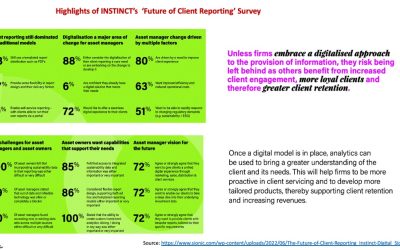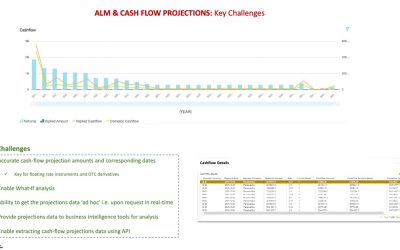Multi-asset portfolios are difficult to monitor and manage because of the complexities of the instruments they hold, especially the derivative instruments. Regulators more recently have increased their focus on transparency into the use of derivatives for firms that manage complex portfolios.
Recently, SEC in the US completed “rule 18f-4” concerning registered funds’ use of derivatives. One of the many requirements in the rules is the need for stress testing of portfolios.
This SEC rule mandates weekly stress testing to “evaluate potential losses to a fund’s portfolio in response to extreme but plausible market changes or changes in market risk factors that would have a significant adverse effect on the fund’s portfolio”.
As of now, SEC has set the compliance date for this rule to be August 19, 2022.
So what are key stress testing features that can meet the above rules?
1. Factor Shock Analysis
– This is the change in portfolio value because of shocks to one or more risk factors affecting portfolio’s securities.
e.g.: For a fixed income portfolio, a key shock can be a 1bp parallel yield curve shift and/or 10bp FX shifts or 2bp Spread shifts
2. Hypothetical Shock Analysis
– This analysis is a combination of more than one risk factors applied together to calculate the change in portfolio value
e.g.: A parallel yield curve shift of USD and GBP along with a shift in 5% increase in FX rates
3. Historical Stress Event Analysis
– This is the change in portfolio value to a specific historical event such as ‘2017 financial crisis’, for example.
Key Challenges –
1. Need for running calculations in real-time to review potential outliers caused because of data issues (missing data or bad data), so reporting is accurate
2. Assumptions around use of correct proxies for securities where data is not available
What can firms do now to meet such needs?
Most large registered investment firms use risk systems that can generate many of the required stress testing outputs needed by regulators. However, where ‘legacy’ technology is still in use, the mandate for more frequent (i.e. weekly) stress testing may need upgrades or changes to the processes/systems to ensure smooth reporting without too much cost on manual workflows.
Upgrading Risk systems with a new ‘cloud’ technology framework using microservices is one way firms can position themselves to meet such growing needs from regulators/clients.
Having such systems will also enable a ‘pay per use’ model for businesses to scale dynamically as volumes grow without need for larger expense from the use of architecture of yesteryears.




